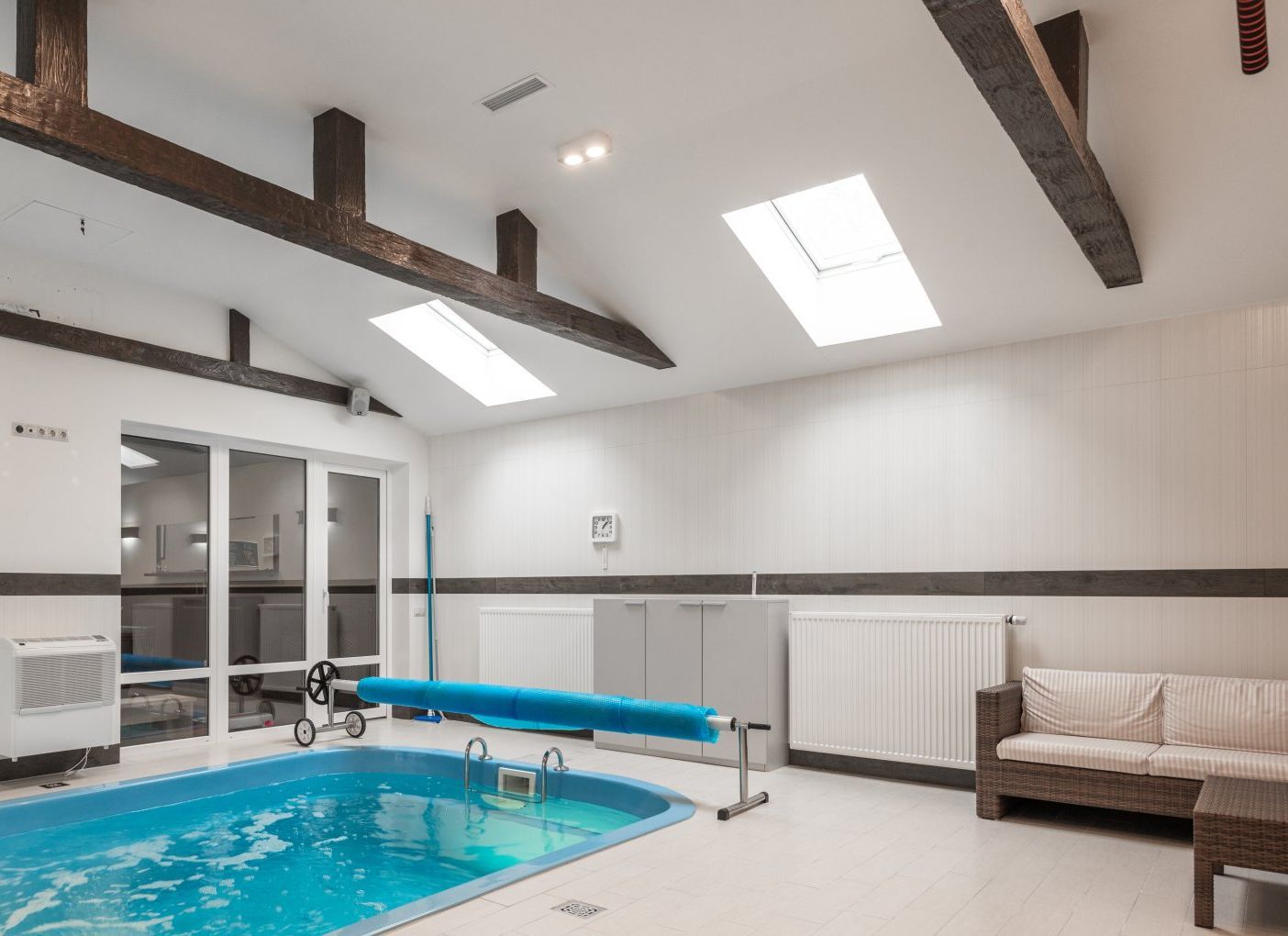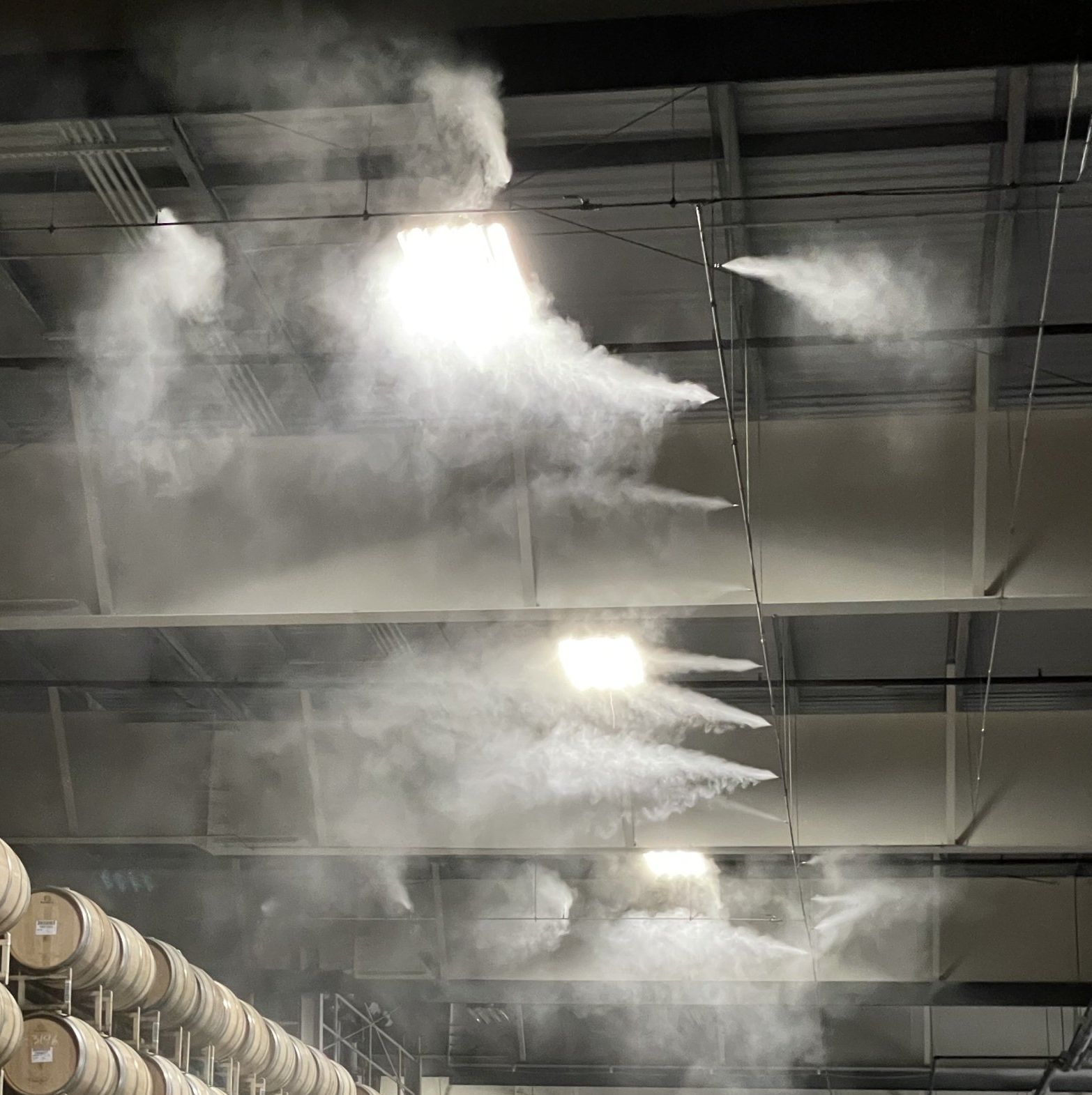Mold proof Drywall
Moisture resistant drywall
Are you tired of dealing with mold and moisture damage in your kitchen, bathroom or around window frames?
You need a contractor for
drywall installation who knows his trade?
Our team specializes in providing top-notch solutions for areas prone to high humidity since they just need to be treated diffrently. We understand the unique challenges these spaces present, and we're here to ensure your peace of mind with our expertise in moisture-resistant drywall installation.
When it comes to protecting your home or industrial space from the effects of moisture, ordinary sheetrock boards simply won't cut it. That's why we offer premium moisture-resistant drywall options that are specifically designed to withstand the harsh conditions of humid environments. Greenboard or Blueboard drywall not only provides enhanced durability but also acts as a barrier against mold growth, ensuring the longevity of your spaces.


Drywall for bathroom
But our commitment to quality doesn't stop there. We believe in using only the best construction materials to deliver exceptional results. From special sheetrock and plaster to high-quality tape, screws, and finishes, we leave no stone unturned in ensuring the integrity and longevity of your project. In addition to these high-standard materials, we incorporate advanced moisture-proofing techniques to further protect your investment.
We also utilize moisture-resistant joint compounds and sealants. Traditional joint compounds can absorb moisture, leading to weakening and eventual failure of the joints. Our moisture-resistant compounds maintain their integrity even in high-humidity conditions, ensuring a robust and durable finish. These sealants are applied to all seams and edges to prevent water ingress and provide a tight seal against moisture.
Another critical component is the use of mold-resistant insulation behind the drywall. This not only enhances the thermal efficiency of the building but also adds an extra layer of defense against moisture-related issues. Mold-resistant insulation helps in maintaining a healthy indoor environment by reducing the risk of mold growth, which can cause health problems and structural damage.
We also pay close attention to ventilation and airflow management. Proper ventilation systems are crucial in areas with high humidity to ensure that moisture does not get trapped within the walls. This includes installing appropriate vents, fans, and dehumidifiers where necessary to maintain optimal air quality and moisture levels.
By integrating these additional moisture-proofing installations and techniques, we provide a holistic solution that not only meets but exceeds industry standards. Our commitment to quality and attention to detail ensures that your project remains secure, durable, and protected against moisture for years to come. See also our
soundproof drywall service
Where is moisture resistent drywalling used?
 Contact us
Contact ustypical places where moisture and steam can be problematic:
- Bathrooms: Frequent use of showers and baths creates a humid environment.
- Basements: Often prone to dampness and higher humidity levels, especially if not properly insulated or ventilated.
- Swimming Pools: Indoor pools generate high levels of humidity.
But also in industries it can be useful to consider moisture-resistant drywalling in commercial drywall solutions
Food and Beverage Industry
- Processing Plants: Frequent use of water and steam for cleaning and processing can lead to high humidity levels.
- Breweries and Distilleries: The production process involves significant moisture and steam.
- Commercial Kitchens: Continuous cooking, cleaning, and food preparation create a humid environment.
Healthcare Industry
- Hospitals and Clinics: Sterilization areas and operating rooms often use steam for sterilizing equipment.
- Laboratories: Some laboratory processes involve the use of steam and chemicals that can create a humid environment.
Manufacturing and Industrial Facilities
- Textile Manufacturing: Processes such as dyeing and washing fabrics involve large amounts of water and steam.
- Pulp and Paper Industry: The production process involves significant use of water and steam.
- Chemical Plants: Many chemical processes involve steam and other high-humidity conditions.
Others:
- Hotels and Resorts: Spas, saunas, and swimming pool areas have high moisture levels.
- Laundry Facilities: Industrial laundries generate substantial steam and moisture during the washing and drying processes.
- Greenhouses: Controlled environments with high humidity levels for plant growth.
- Fish Farms: Indoor aquaculture facilities have constant exposure to water and high humidity.
- Clean Rooms: Controlled environments where moisture control is critical to maintain standards.
- Gyms and Locker Rooms: Showers and steam rooms contribute to moisture levels.
- Car Wash Facilities: Constant exposure to water and steam from washing vehicles.
- Manufacturing Plants: Some processes involve the use of water and steam, such as painting and coating applications.
Can drywall get wet?
Drywall, also known as gypsum board, can indeed get wet. The real concern, however, lies in the consequences of water exposure. When drywall gets wet, it can disintegrate or become a breeding ground for mold, leading to serious structural and health issues. In many cases, extensive renovation is required to remedy the damage caused by water infiltration. While there are methods to address wet drywall, prevention through the use of moisture-resistant drywall is often the best strategy.
Consequences of Wet Drywall
When drywall absorbs water, it can lose its structural integrity. Wet drywall becomes soft and weak, and in severe cases, it may crumble or warp, leading to visible deformities on walls and ceilings. The most significant risk associated with wet drywall is mold growth. Mold thrives in damp environments, and once it takes hold, it can spread rapidly, causing health issues such as respiratory problems and allergic reactions. The presence of mold often necessitates a full replacement of the affected drywall sections to ensure that the mold is completely eradicated.
Options for Fixing Wet Drywall
- Drying the Walls: In some instances, drying the wet drywall can mitigate the problem. This involves using fans, dehumidifiers, and proper ventilation to remove moisture from the drywall. However, this method is only effective if the drywall has not been extensively damaged or exposed to water for an extended period. It is crucial to act quickly to prevent mold growth.
- Replacing the Drywall: If the drywall has been severely damaged or if mold has started to grow, the best course of action is to replace the affected sections. This involves cutting out the damaged drywall, treating the underlying structure to eliminate any mold spores, and installing new drywall.
- Preventative Measures: To avoid the need for repairs, installing moisture-resistant drywall in areas prone to humidity or water exposure, such as bathrooms and basements, is highly recommended. Moisture-resistant drywall is designed to withstand damp conditions better than standard drywall.
Benefits of Moisture-Resistant Drywall
- Enhanced Durability: Green board is specially designed to resist water absorption. It is coated with materials that make it less permeable to water, which helps maintain its structural integrity even in humid conditions.
- Mold Prevention: This type of drywall reduces the risk of mold growth by not providing the damp environment mold needs to thrive. Some moisture-resistant drywall also contains mold inhibitors that further protect against mold infestations.
- Additional Protections: For even greater protection, moisture-resistant drywall can be paired with additional coverings or sealant paints that add a waterproof layer. Using high-quality waterproof paints or vapor barriers can enhance the wall’s ability to repel water.
- Improved Ventilation: Proper ventilation is crucial in preventing moisture buildup in drywall. Installing a well-designed ventilation system in moisture-prone areas helps to expel excess humidity and allows walls to “breathe.” This prevents moisture from accumulating within the walls and reduces the risk of water damage and mold growth.